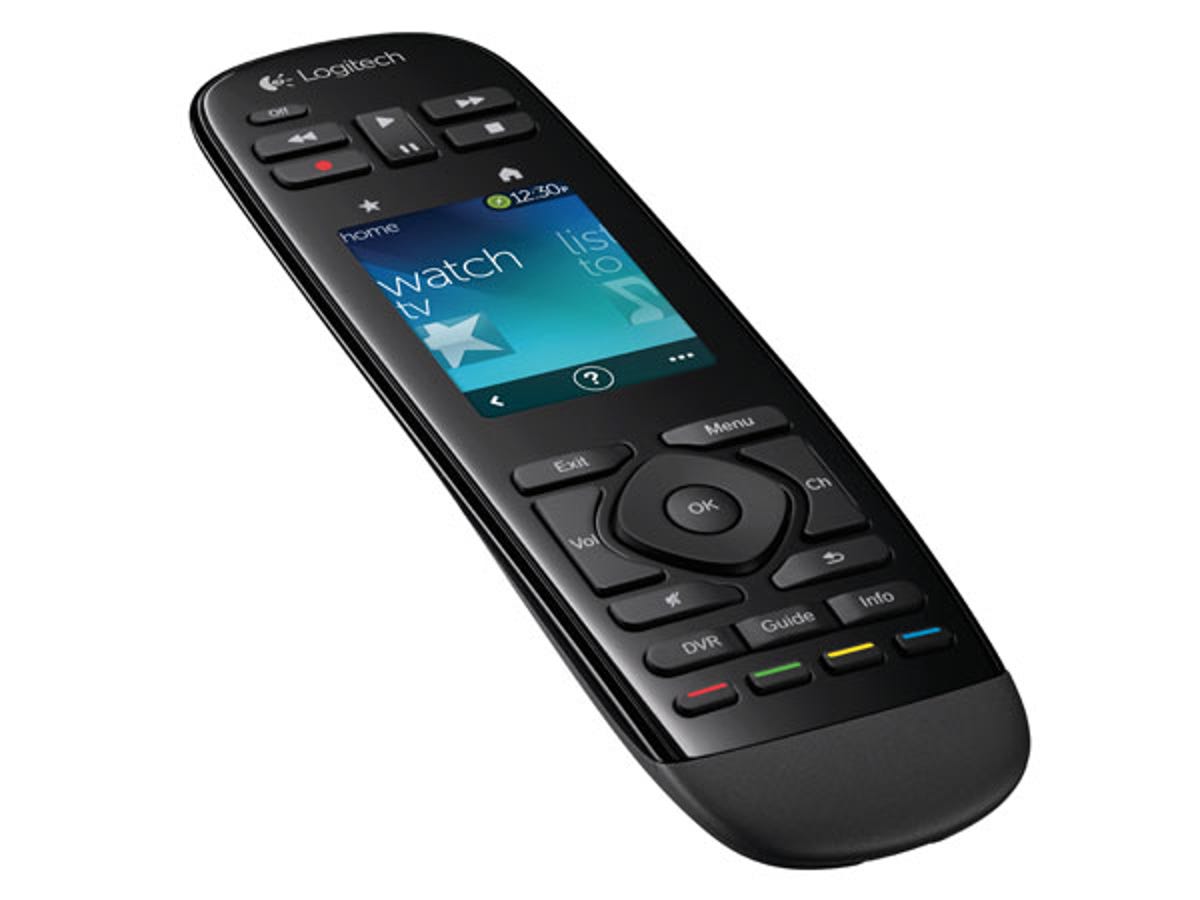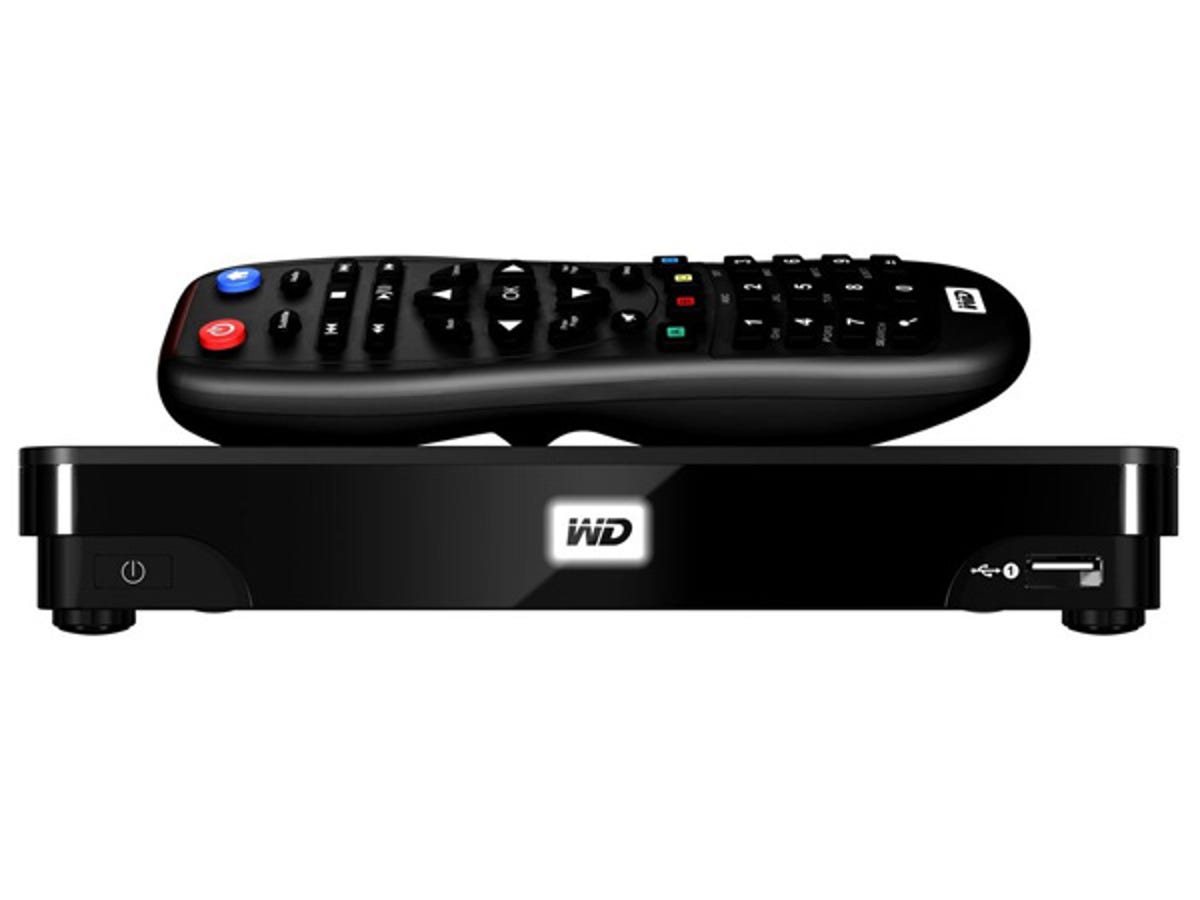Five accessories your TV needs
You've gone and bought a top-notch screen, now here are the five things you will need to make your home theatre experience complete.

Universal remote
You've gone and bought a top-notch screen, now here are the five things you need to make your home theatre experience complete.
For a good home theatre experience, the TV is just the beginning, albeit a rather important one. If you want to transform the TV into a real home entertainment system, you'll need to add a few devices to get everything rolling.
Here's our five suggestions that you should be considering if you want to make home movie night a truly cinematic experience.
If you're juggling more than one remote, then you're juggling too many. A universal remote consolidates all your current remotes, and can even add functionality to consoles and other connected devices.
Modern universal remotes tend to have a touchscreen component that allows them to do some impressive tricks. The Logitech range, for example, lets you specify an activity — such as watching a Blu-ray — and then sets up the remote so that a single touch will turn on all the devices required for the activity.
If there's a drawback it's that the touch-enabled ones aren't overly cheap. Logitech's Harmony Touch comes in at AUD$250, and it's certainly one that we'd recommend.

Smart device
Whether it's a connected Blu-ray player, a dedicated media streamer or even a gaming console, you'll want something with IPTV capabilities plugged into your TV.
Playing media stored on your home network, getting you hooked into catch-up TV services, video on demand, pay TV apps — the reasons go on and on, and we haven't even started talking about YouTube parties yet.
While Smart TVs are certainly on the rise, an IPTV smart device will help bridge any gaps between what your TV manufacturer is offering and what you actually want.
AV receiver
A receiver should be the core of any home entertainment set-up. Its basic function is as an amplifier, providing surround sound and decoding digital audio signals.
But it also does so much more. It allows for ARC, meaning that you can get surround sound from an ordinary TV broadcast. Many have network and USB playback — which great for good quality audio files. Most can also upscale video from older sources.
But one of the simplest functions is also one of the most useful: it's an HDMI switching device. With some receivers having up to 7 HDMI-in ports, you can connect as many devices that you may need to a TV that might only have two or three HDMI ports. For anyone with a media player, a Blu-ray player, and both an Xbox and a PS3, this is a real blessing.
Speakers
We hate to break it to you, but your TV's sound probably sucks. Don't take it personally, but part of the problem of increasingly thinner TVs is that it's hard to get any speakers that are capable of decent sound in there.
There are a few options here. You can go for a "home theatre in a box" style solution — which would combine a Blu-ray player with a multi-channel surround sound system, all easily set up.
Or, if you've taken our earlier advice about AV receivers, then duck out and get some good quality speakers to go with it. At the very least, we recommend a dual-channel and sub-woofer, but if you really want an immersive experience, then you want 7.1 surround.
Is the lounge room too small to be running multiple speakers all over the place? Lucky you — there's always the soundbar option, which is great for a smaller environment.
Tablet
A tablet? Really? Well, yes — a good tablet is fast becoming an indispensable part of the lounge room.
Firstly, if you decided that you didn't want to get a universal remote, most manufacturers are now putting out remote control apps that will let the tablet do a lot of the heavy lifting in that regard. Some of them, such as the Xbox SmartGlass, also work as a second-screen device, offering additional information for what's on the screen.
You can also use DLNA services to flick YouTube clips and the like up to the big screen.
Then there's the dedicated second-screen applications, such as Fango and Zeebox, which mix TV guides and information with social networking.
Finally, there has been a rise in Blu-ray films including a second-screen experience — Prometheus and Avengers being two examples. They sync up with your video playback and offer an array of behind-the-scenes footage and commentary to add to the experience.

